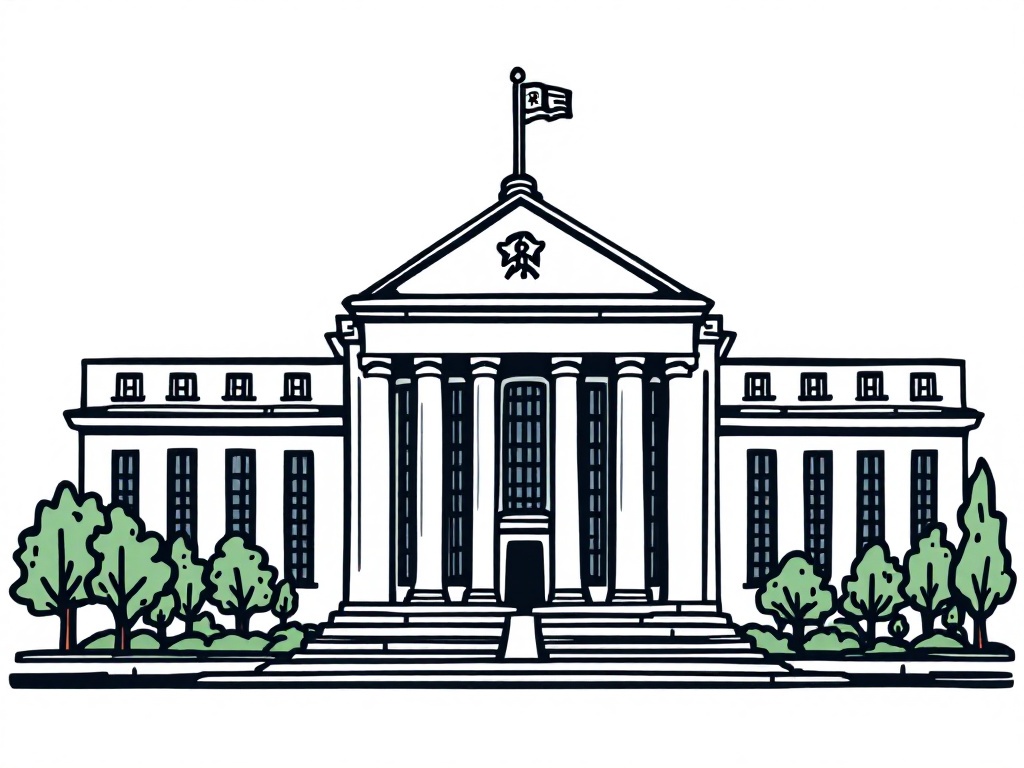Federal Reserve: Tariff-Driven Inflation Seen as Temporary

St. Louis, Tuesday, 15 April 2025.
Federal Reserve Governor Waller sees current inflation due to tariffs as temporary, hinting potential rate cuts if tariffs persist, indicating significance for future economic policies.
Understanding the Federal Reserve’s Perspective
Federal Reserve Governor Christopher Waller’s recent comments on the transitory nature of tariff-driven inflation hold significant implications for the U.S. economy. Speaking in St. Louis on April 14, 2025, Waller compared the current situation to previous phrases like ‘tush push,’ emphasizing that the effects imposed by tariffs are likely temporary. This suggests that the Federal Reserve (Fed) views the inflationary pressures resulting from President Donald Trump’s tariffs as ephemeral, a perspective reminiscent of past inflation surges where similar language was employed [1].
Potential Economic Implications
Governor Waller outlined scenarios that could unfold if tariffs persist, predicting that larger or prolonged tariffs might initially escalate inflation by 4-5%, while smaller tariffs might push it to 3%. Either way, Waller indicated that the Fed is prepared to cut interest rates, with the timing being the major point of consideration [2][3]. This view highlights the Fed’s proactive approach to managing economic stability and its readiness to act to counteract any longer-term economic slowdown or recession [1].
Impact and Consumer Expectations
The National Association for Business Economics (NABE) projected that the U.S. economy would face higher inflation, with a predicted 3.3% rise in the personal consumption expenditures (PCE) price index for 2025. This outlook denotes inflation remaining above the Fed’s 2% target through at least the next year, influenced by the recent tariffs [4]. Concurrently, consumer expectations have indicated a growing anticipation of price increases, with projections reaching up to 6.7% for April 2025. Such figures underscore the delicate balance the Fed must maintain to avert recessionary pressures while controlling inflation [5].
Looking Ahead: Policy and Market Implications
The dialogue surrounding tariffs and inflation is set against a backdrop of economic unpredictability. Waller’s assertion that the tariffs represent a substantial economic shock underlines the delicate policy environment. His recognition of this as a temporary challenge aligns with market sentiments, where inflation expectations, although heightened, are deemed transient [1]. As the Fed contemplates future rate cuts, the current landscape suggests a strategic maneuvering to sustain economic growth without foregoing inflation control [5].